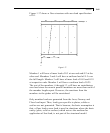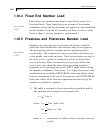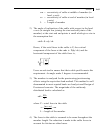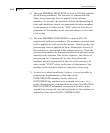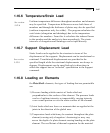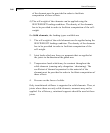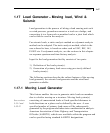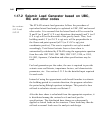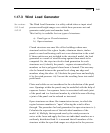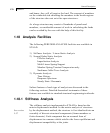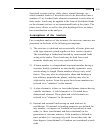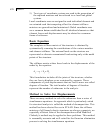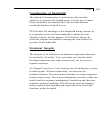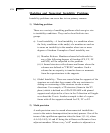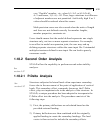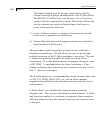
Section 1
1-69
1.17.3 Wind Load Generator
The Wind Load Generator is a utility which takes as input wind
pressure and height ranges over which these pressures act and
generates nodal point and member loads.
See sections
5.31.5 and
5.32.12
This facility is available for two types of structures.
a)
Panel type or Closed structures
b)
Open structures
Closed structures are ones like office buildings where non-
structural entities like a glass façade, aluminum sheets, timber
panels or non-load bearing walls act as an obstruction to the wind.
If these entities are not included in the structural model, the load
generated as a result of wind blowing against them needs to be
computed. So, the steps involved in load generation for such
structures are i) identify the panels – regions circumscribed by
members so that a polygonal closed area is formed. The area may
also be formed between the ground level along one edge and
members along the other. ii) Calculate the panel area and multiply
it by the wind pressure. iii) Convert the resulting force into nodal
point loads.
Plates and solids are not considered in the calculation of the panel
area. Openings within the panels may be modelled with the help of
exposure factors. An exposure factor is associated with each joint
of the panel and is a fractional number by which the area affecting
a joint of the panel can be reduced or increased.
Open structures are those like transmission towers, in which the
region between members is “open” allowing the wind to blow
through. The procedure for load generation for open structures is i)
Calculate the exposed area of the individual members of the
model. ii) Multiply that exposed area by the wind pressure to
arrive at the force and apply the force on individual members as a
uniformly distributed load. It is assumed that all members of the
structure within the specified ranges are subjected to the pressure



